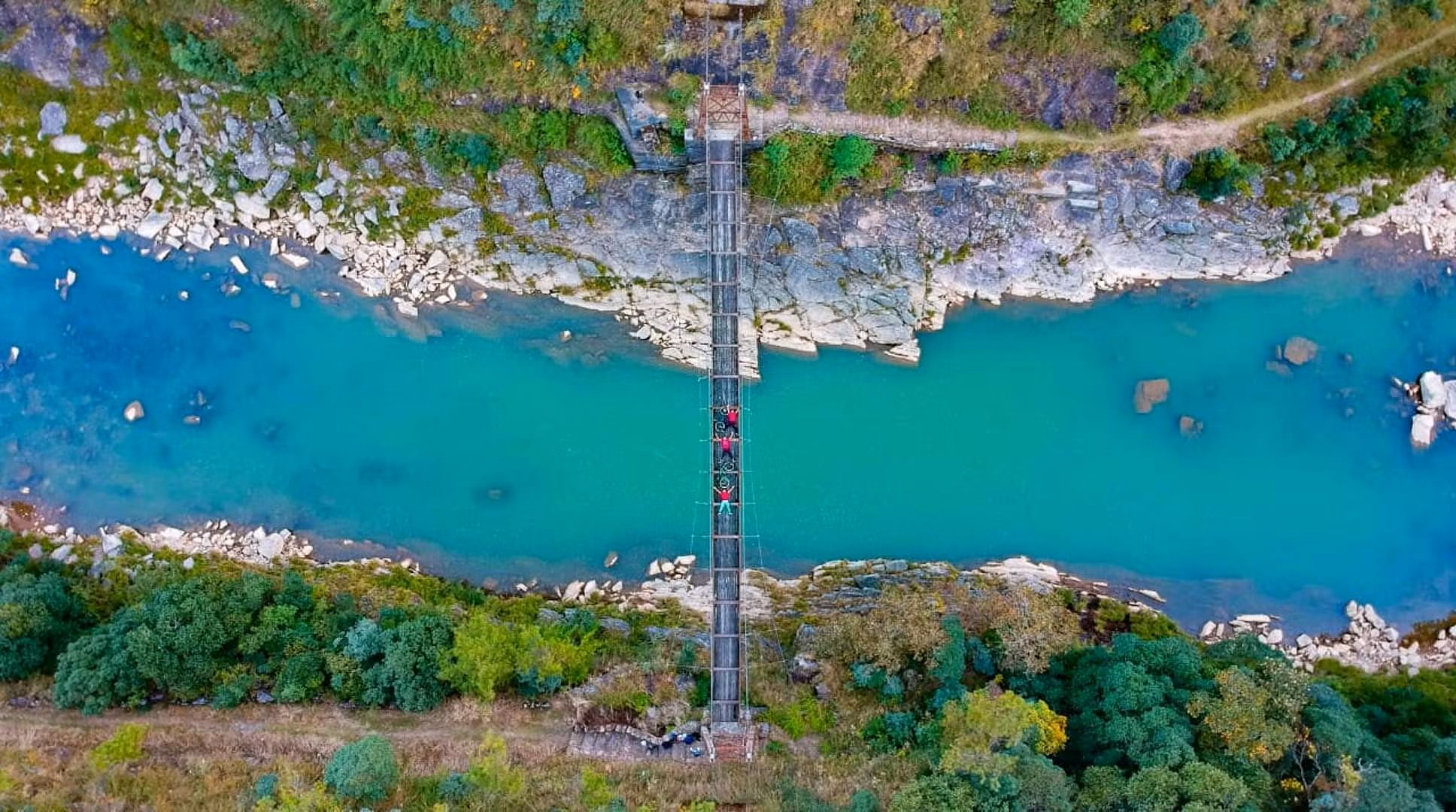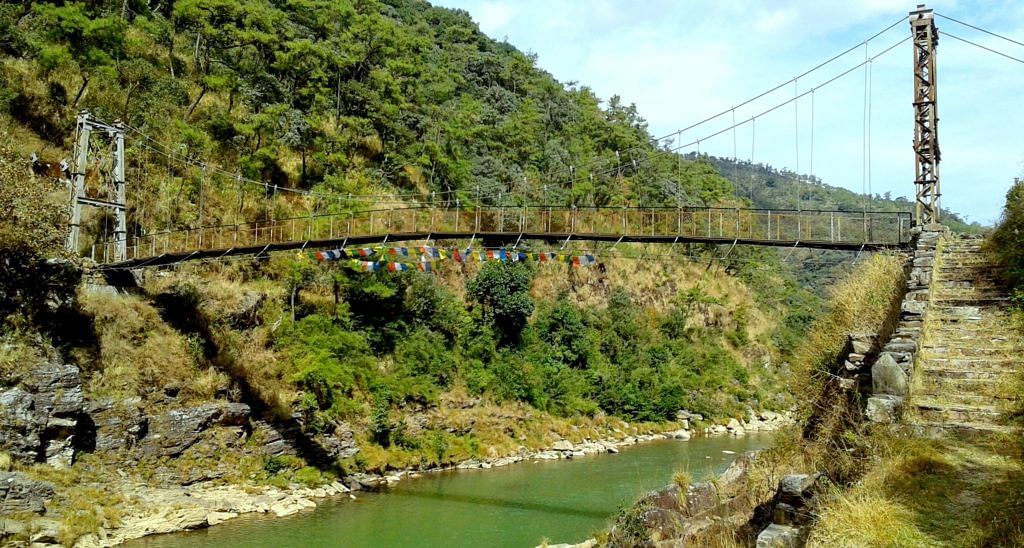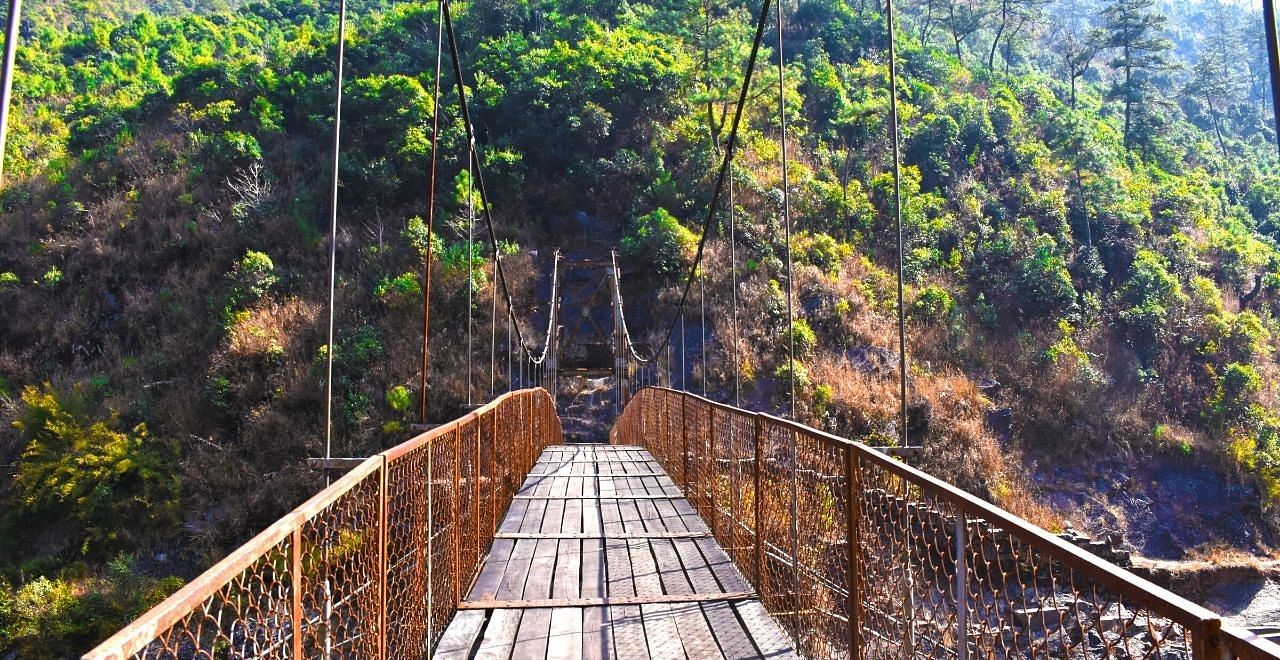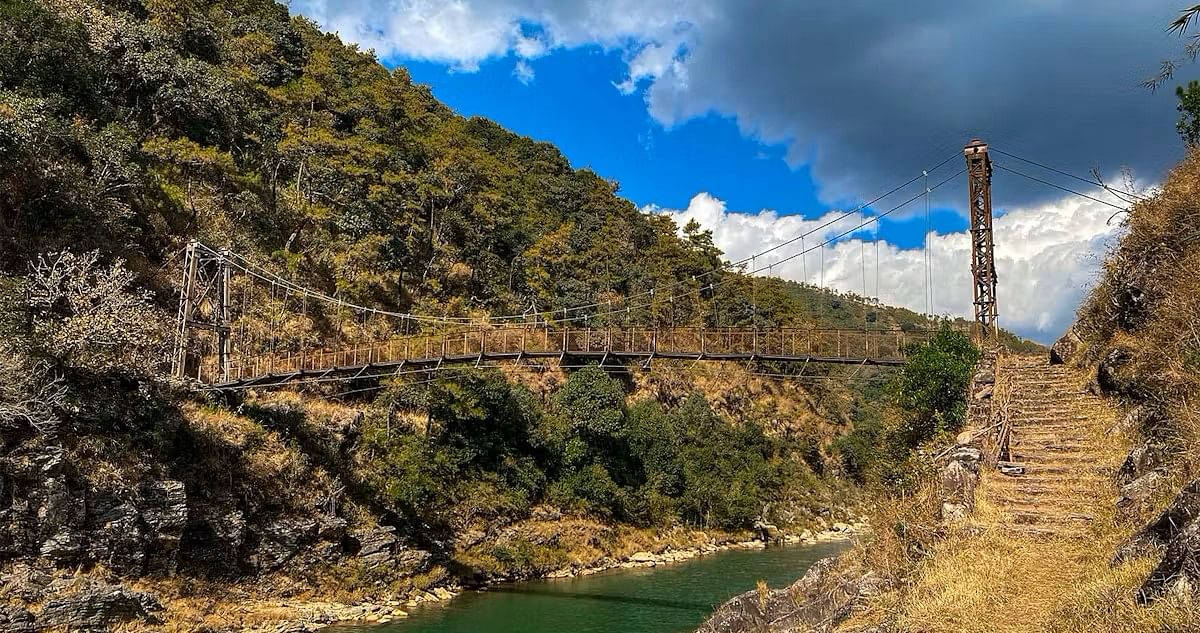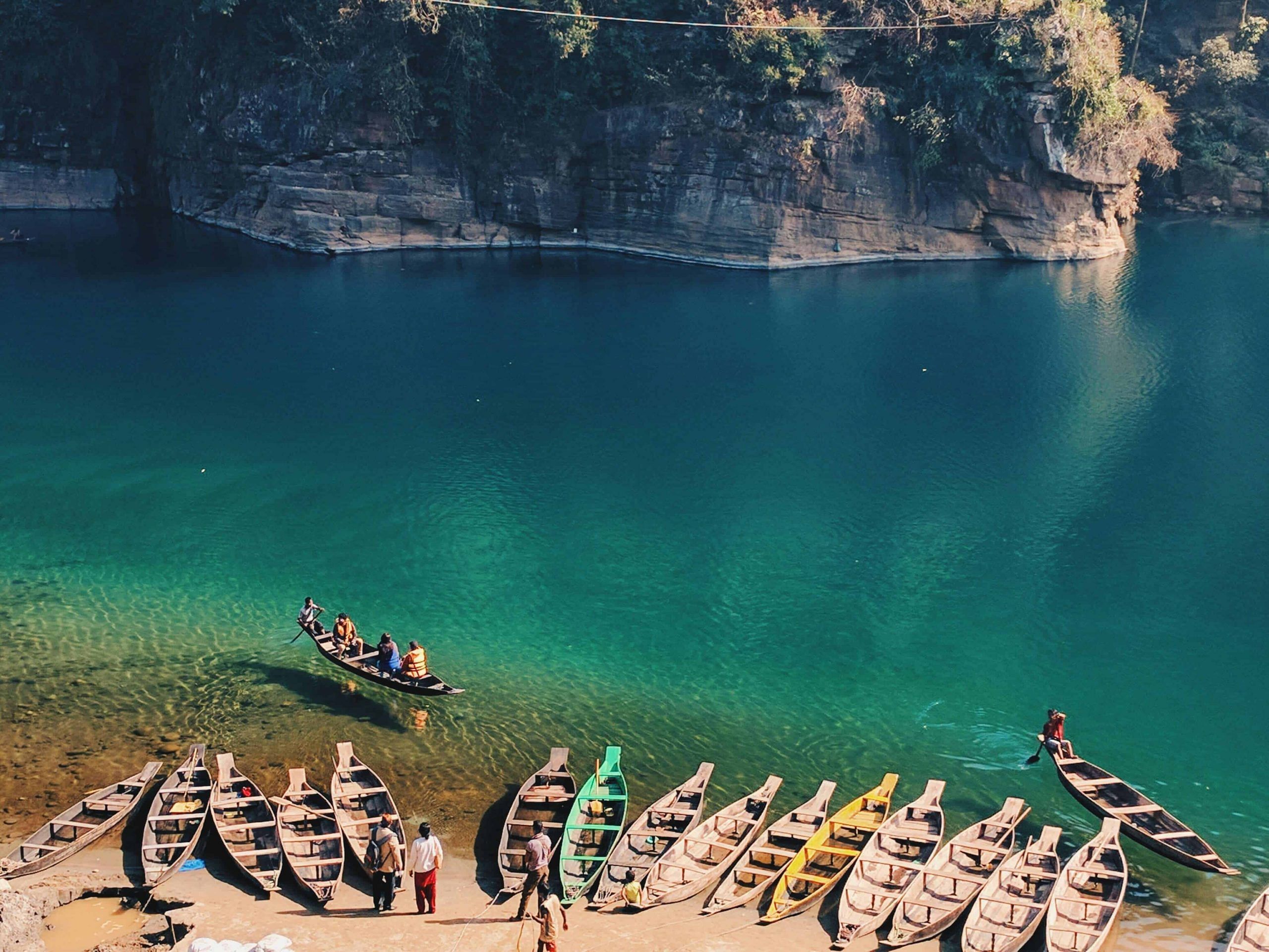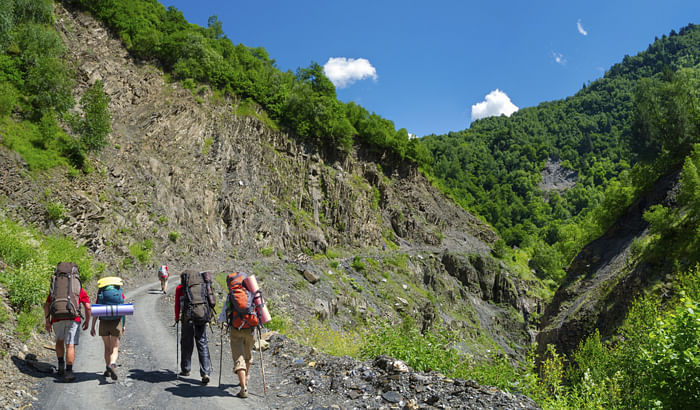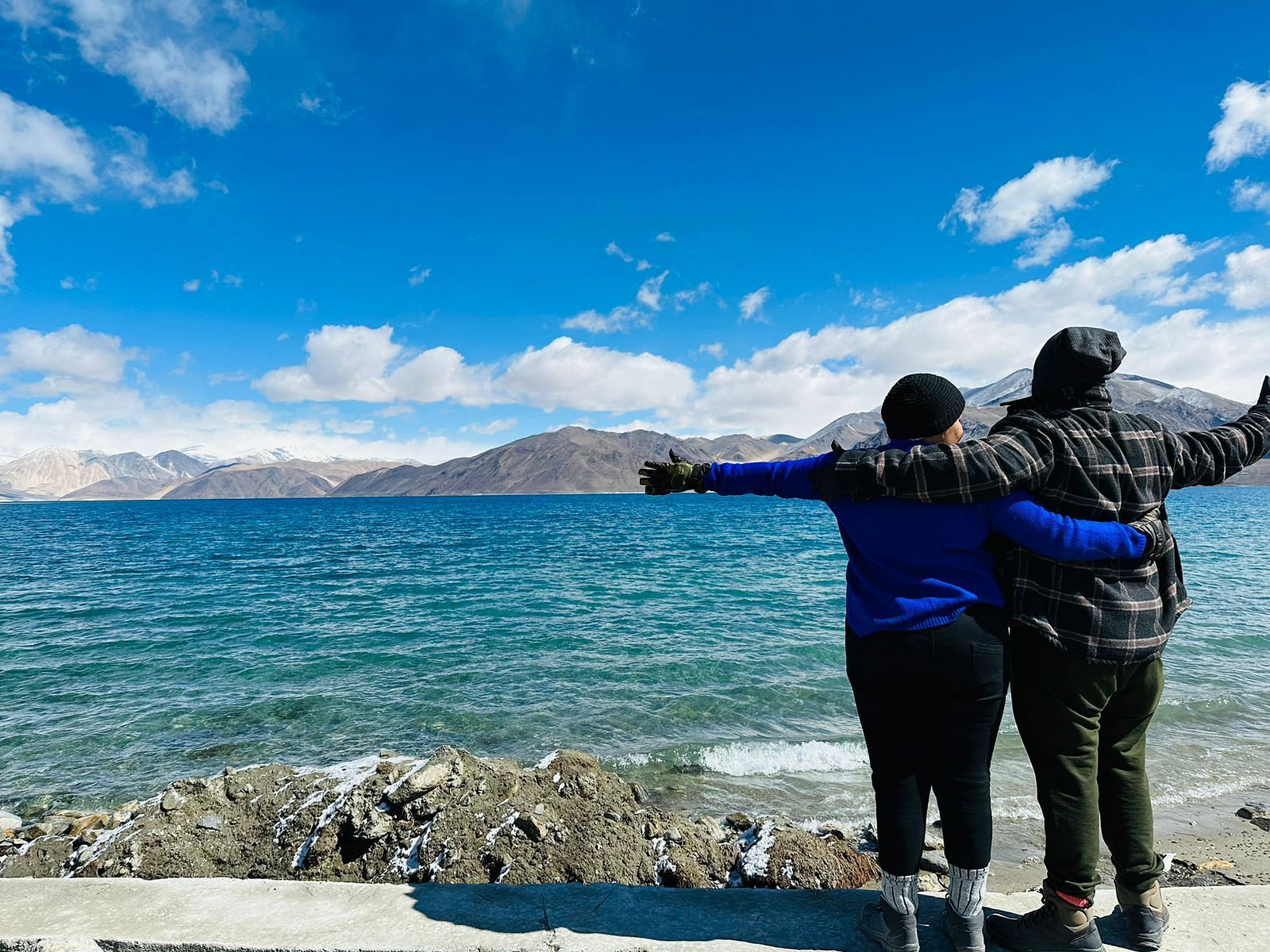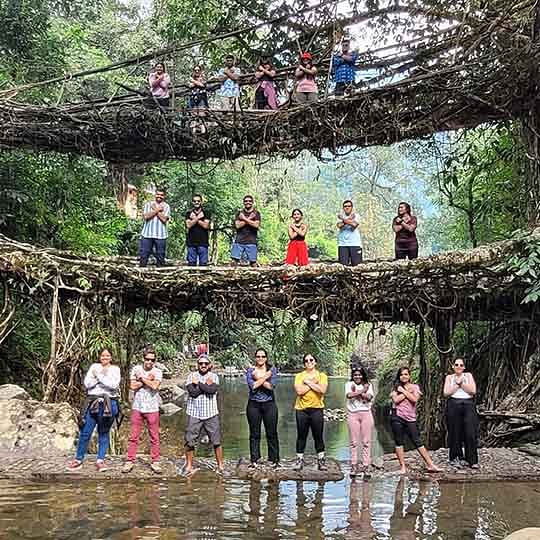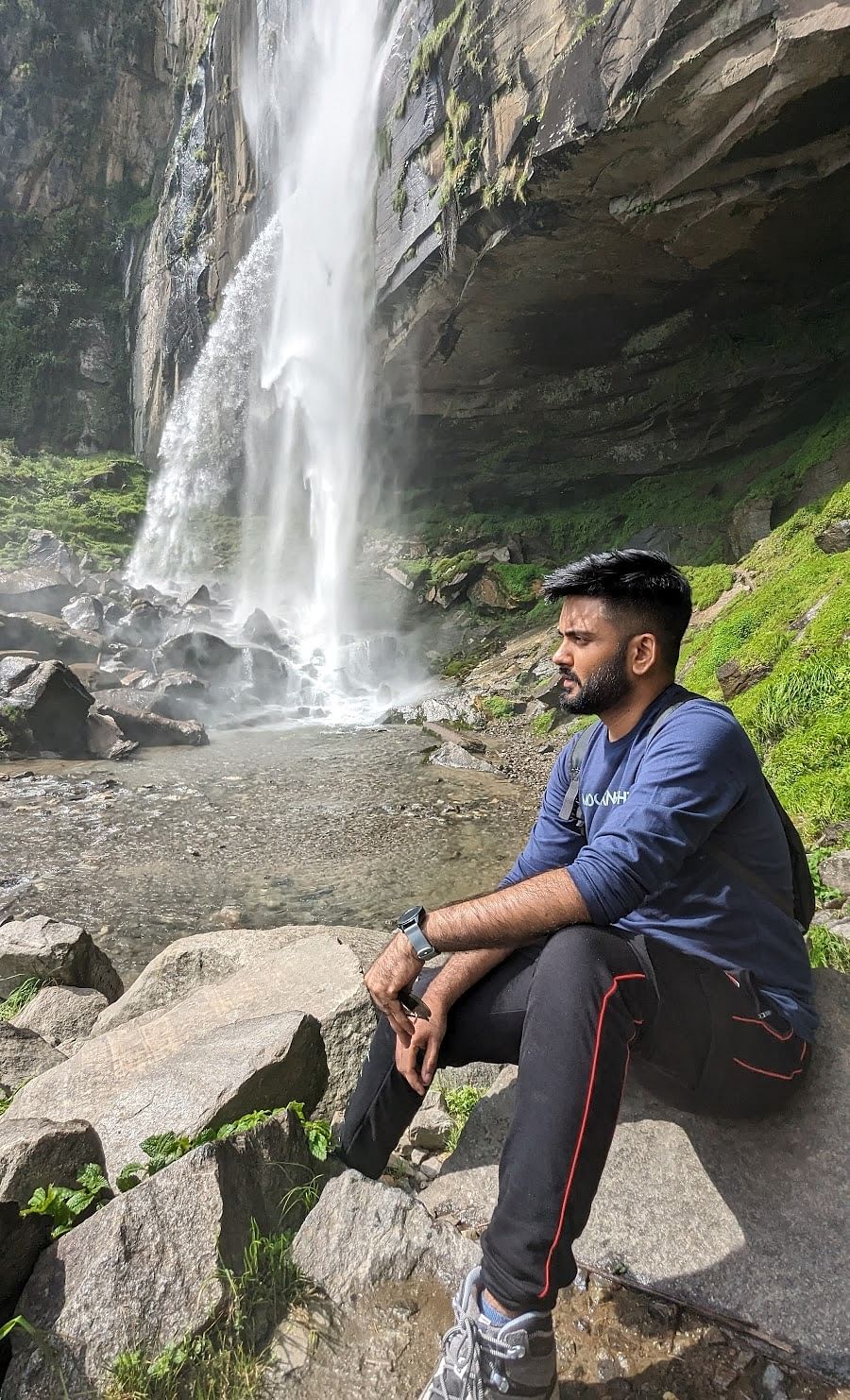Out of all the Meghalaya Packages, the package with the adventurous David Scott Trail is one of the most popular amongst adventure enthusiasts and history buffs. Meghalaya – the crown jewel in northeast India is blessed with immense natural beauty like the dense forest cover, rolling hills and valleys, dark cave systems, meandering rivers, glittering lakes, unique living root bridges, etc., making it the perfect playground to indulge in several adventure activities. Amongst all the adventure activities in Meghalaya, trekking and hiking are the most popular ones. Exploring the forest trails, soaking in the panoramic views, listening to the local legends, and spending time in nature’s lap, make trekking and hiking in Meghalaya a must-do.
You will not only enjoy the natural beauty but also immerse yourself in local culture as you listen to the enchanting tales, visit the remote villages, and interact with the locals. One such popular hiking place is the David Scott Trail in Meghalaya as it is blessed with ancient man-made wonders as well as the natural beauty of Meghalaya.
Let’s explore more about one of the oldest and most popular trekking routes in Meghalaya – the David Scott Trail.
History of David Scott Trail in Meghalaya
The David Scott Trail will take you back to the 19th century when the European colonizers had just started entering the Khasi hills in Meghalaya. The trail is named after David Scott – a British officer who discovered this route in the 1800s. Initially, this route was used as a trail for the mules and horses to transport goods to Bangladesh.The David Scott Trail was said to be 100 km long and it would take 5 days to cover this route on foot. This trail was used to connect Assam and Bangladesh while passing through Meghalaya. In 1829, David Scott played a major role in building this trail and establishing a trade route connecting Guwahati, Shillong, Cherrapunji, and Sylhet in Bangladesh.
This even caused a war between the Britishers and the Khasi tribes that lasted for almost 4 years. The Khasi resisted the construction of the trail as it would affect the biodiversity of the region and the secrets within that have been conserved for centuries.
Also Read: Mawryngkhang Bamboo Trek Guide: Even The Bravest Give Up
About David Scott Trail Trek
- Cost: Approximately ₹150 per person are the entry charges. Additional Guide Charges.
- Starting Point: Mawphlang
- David Scott Trail Trek Route: Mawphlang – Ka Kar Shon Mai – Mawkorsahep – Waltham Valley – Laithsohma – Lad Mawphlang
Also Read: Kyllang Rock Meghalaya: Discover The Natural And Cultural Marvel
The David Scott Trail in Meghalaya is one of the best ways to connect with nature as there will be no humans in sight and you can completely immerse yourself in the sounds of nature like the gurgling of rivers, chirping of birds, rustling leaves, and the whispers of the air. During monsoons, this place is enveloped with misty clouds, thus making you feel as if you are walking on the clouds.Throughout the trail, you will be accompanied by the Umiam River, which later drains into the Umiam Lake. You will also spot small streams, some waterfalls of Meghalaya, and crystal-clear pools all through the trail, giving you plenty of opportunities to swim or a quick dip to relax your senses.
You will also cross several bridges made by the Britishers that will transport you to the bygone era. Be it a high-suspension bridge or a small arch bridge made of stone, each bridge will give you a glimpse into the colonial past of this region.
The forest cover of the David Scott trail is also very rich in biodiversity. You will find rhododendrons, rubber trees, magnolia, orchids, etc all along. If you are lucky enough you might spot the colourful birds and a few animals that inhabit the region.
One unique aspect of the David Scott Trail trek is the monoliths and rock formations that dot this trail. These monoliths and rock formations date back to the Megalithic period. The monoliths here are believed to be the sight where rituals, meetings, and sacrifices were done in the ancient days.
The David Scott Trail generally starts from Mawphlang to Lad Mawphlang. But some even start from Lad Mawphlang. The difficulty of this hike is relatively easy with very few patches of gradual inclination.
The David Scott Trail trek can be done without a guide, but if you are a solo trekker or a beginner, it is advised to hire a guide as there are a few confusing points and turns on the trail.
Enter the Sacred Mawphlang Forest to begin your trek on the David Scott Trail. There are a few shops here where you can stock some eatables and water for the trek. The initial part of the trail is flat followed by a rocky terrain as you walk under the dense forest.After walking on the trail for about 0.5 km you will reach the first resting point – Ka Kor Shon Mai. Many local guides organize camping activities here as it is an open ground. If you are carrying a tent, then even you can set up your
Best Time To Visit the David Scott Trail
The David Scott Trail in Meghalaya is a year-round trek, offering its unique charm in every season. In the monsoon (June to September), the trail becomes a paradise, with lush greenery, gushing waterfalls, and vibrant flora. Post-monsoon (October to November), the landscape transforms into a magical realm, with clear skies and refreshed surroundings. In the winter months (December to February), the trail dazzles with misty mornings, crisp air, and breathtaking views of snow-capped peaks. And in the spring (March to May), the trail bursts into bloom, with colorful flowers carpeting the hillsides. So, whenever you choose to trek, the David Scott Trail promises an unforgettable adventure!
Also Read: World’s Only Double-Decker Living Root Bridge In Nongriat
How To Reach the Base Village of David Scott Trail?
The David Scott Trail begins from the Mawphlang village in Meghalaya. Here are a few ways to reach Mawphlang from various parts of India:- By Airways: The nearest airport is Shillong Airport (also known as Umroi Airport), located approximately 55 kilometers away from Mawphlang. However many travelers prefer to travel to Guwahati airport (130 km away from Mawphlang) as it has better connectivity from major Indian cities like Delhi, Mumbai, Kolkata, etc. From the airport, you can hire a taxi or take a bus to reach Mawphlang village.
- By Railways: The nearest major railway station is Guwahati Railway Station in Assam, which is well-connected to major cities across India. From Guwahati, you can either hire a taxi or take a bus to reach Shillong, which is around 30 kilometers away from Mawphlang. From Shillong, you can further hire a taxi or take a bus to reach Mawphlang village.
- By Roadways: Mawphlang is well-connected by roadways to major cities and towns in Meghalaya. You can either drive to Mawphlang or take a bus from nearby towns like Shillong, which is around 25 kilometers away. If you’re coming from other states, you can reach Guwahati first and then take a bus or taxi to Mawphlang.




